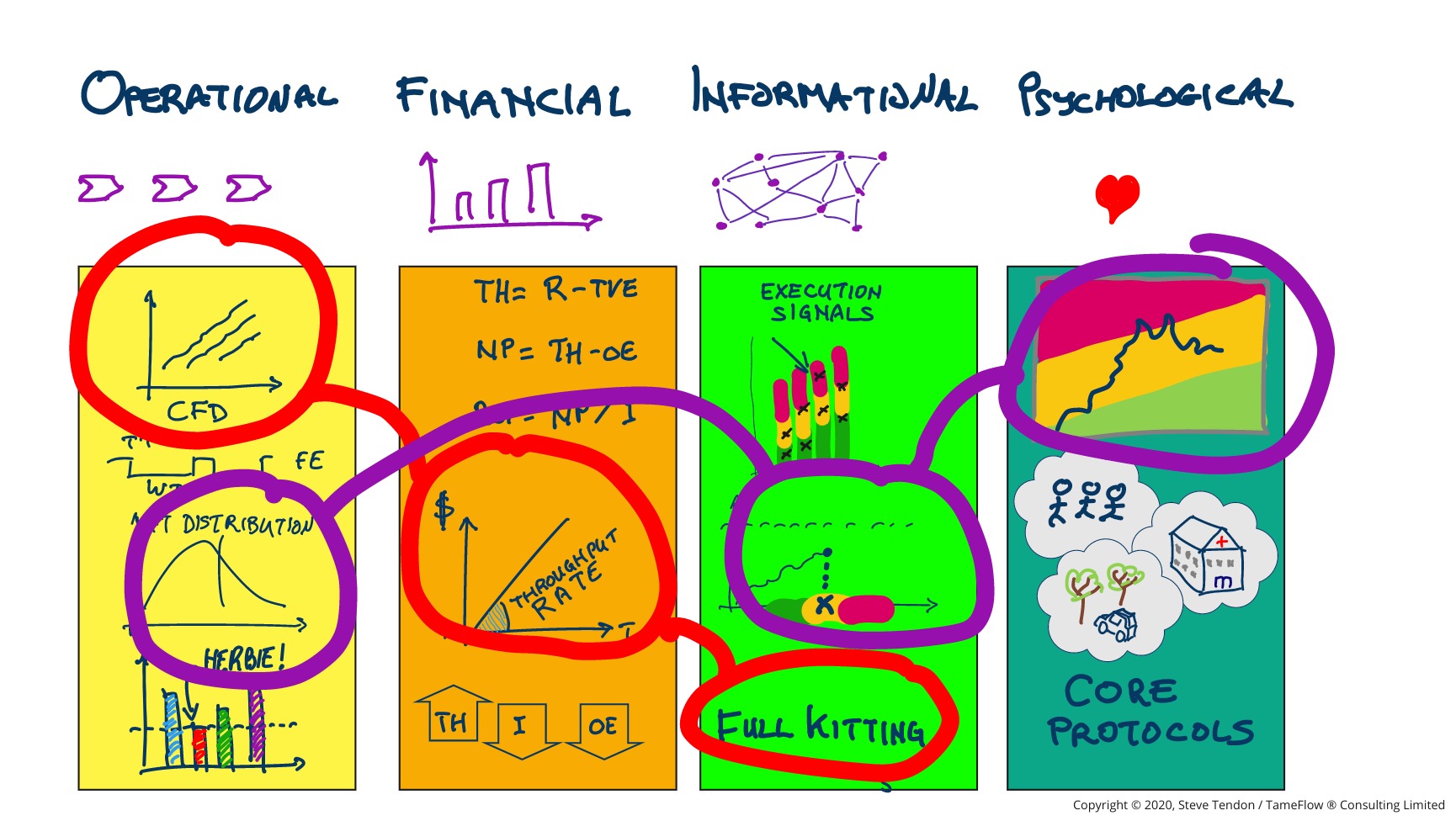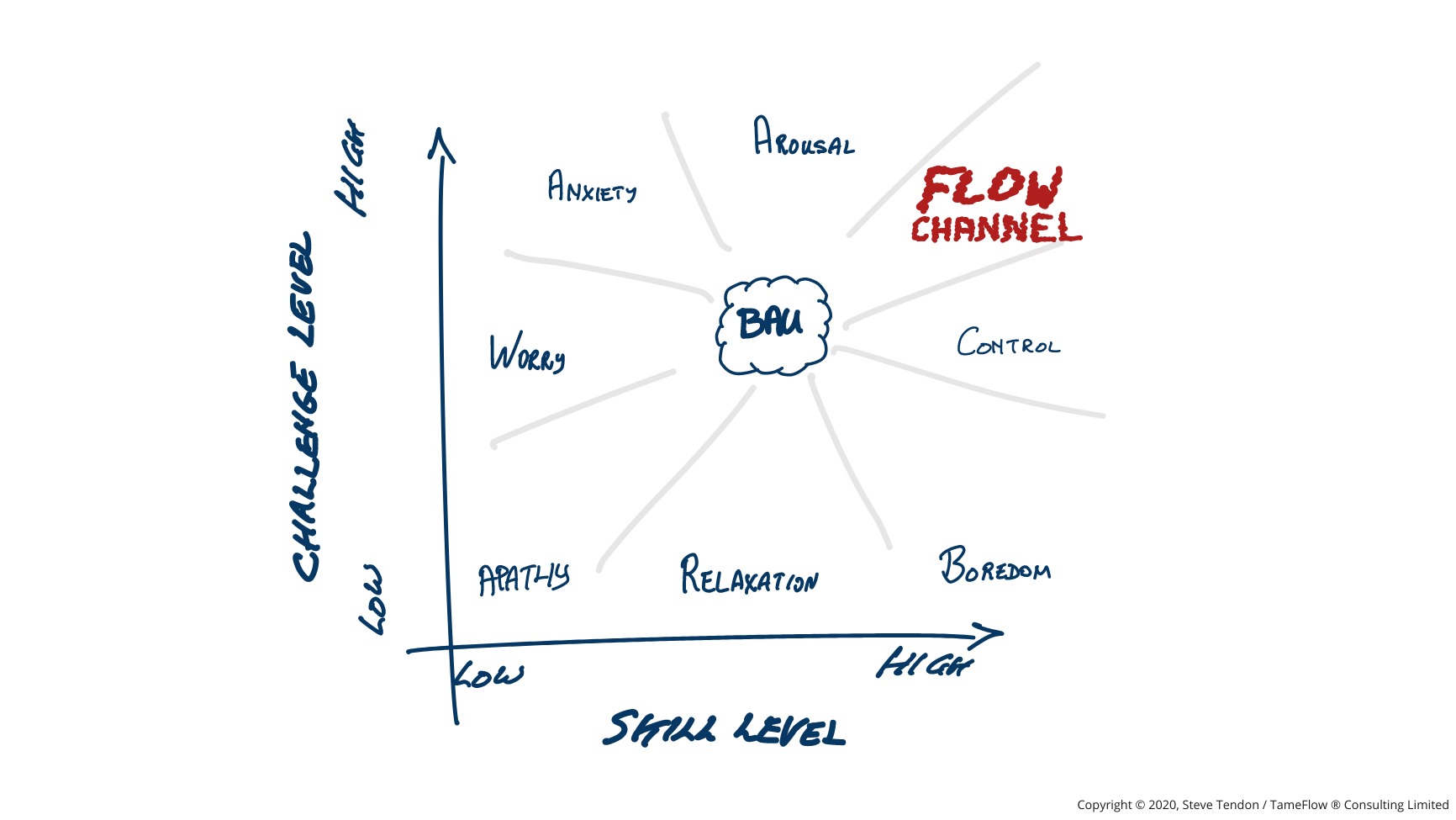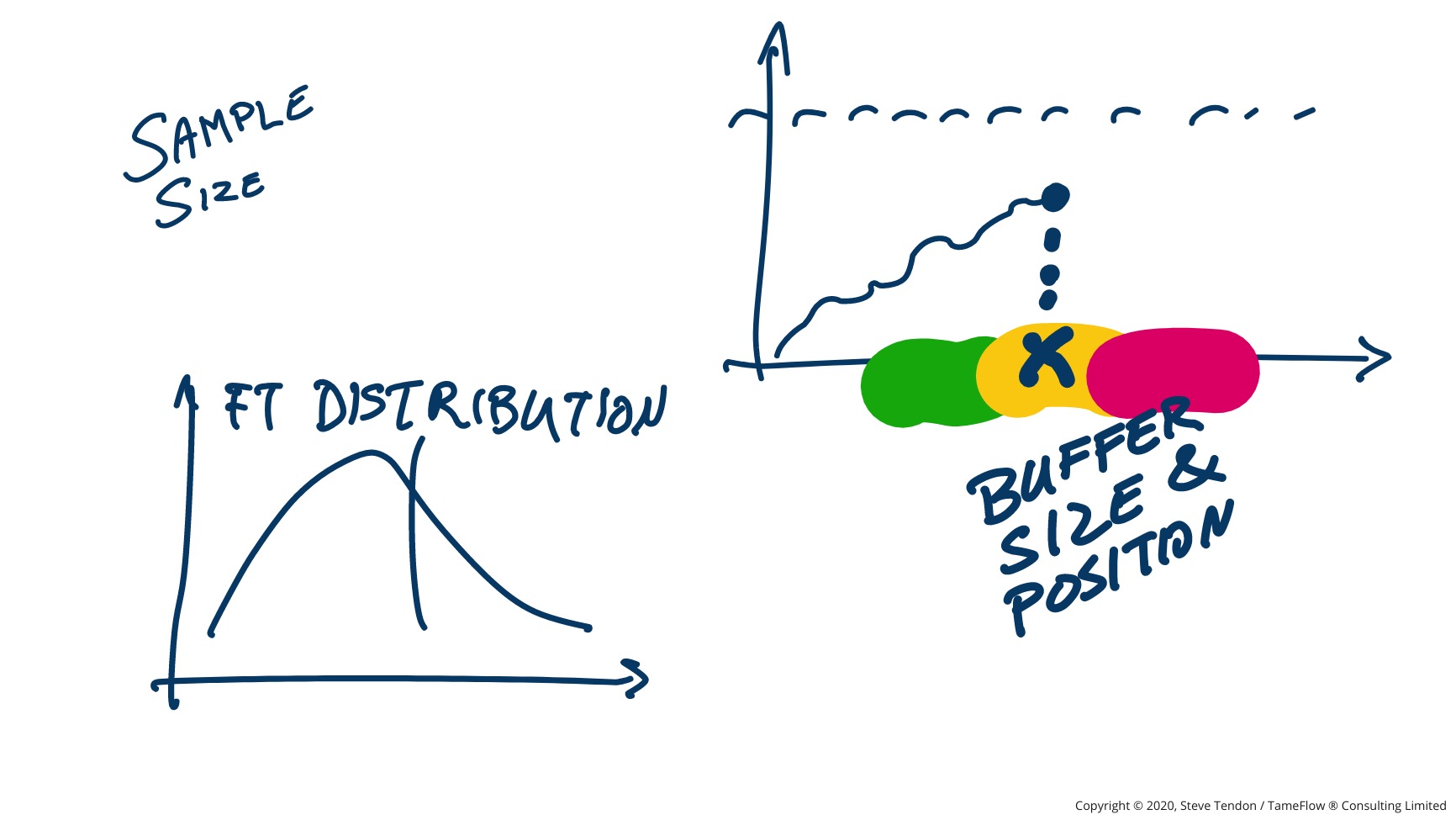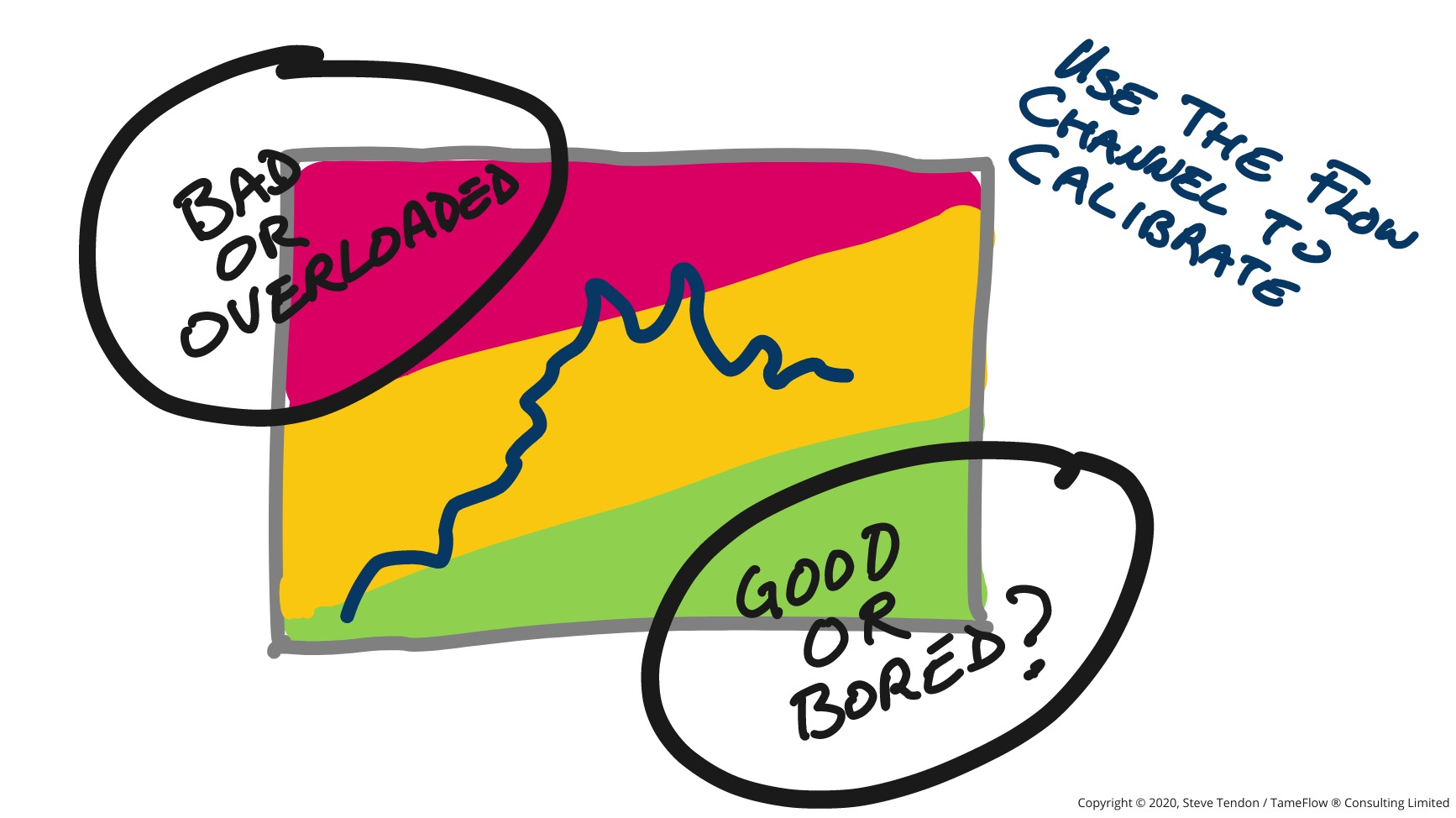Today, May 26, 2020, I ran my second webinar the “Campfire Talks with Herbie” series. Some hiccups - like inadvertedly muting myself - happend! But those are just part of the learning experience of creading live streams. Luckily I was alerted, and not much was lost.
TameFlow Community Member: Michael Küsters
![]()
Guest of the show was Michael Küsters. Here’s how he replies to some questions about himself:
Name (and Company/Affiliation if desired)
Michael Küsters, founder of Intelygence GmbH.
Who are you?
I’m a thinker on a quest to help others broaden their horizons - specifically when it comes to “how we work”. The fairly unknown sentence in the Agile Manifesto, “doing and helping others do” is pretty much what I set as standard for myself. I spend a lot of time thinking, reflecting, analyzing. And I write a lot. Somehow to share my thoughts with others, to collect feedback - and to a large degree simply to turn crude thoughts into structured ideas. The result so far: over 200 usually large blog posts plus three books. Almost all revolving around Lean, Agile, Management, Leadership - and some of it focusing on ups and downs of specific frameworks.
How did you get involved with Agile, Coaching, Organizational Performance - and in particular with TameFlow?
I went through all IT roles - tester, analyst, developer, ops, admin - you name it: I’ve been there, done that. I got my Transactional Lean Six Sigma Master Black Belt (yikes - what a term!) before moving into the “Agile” domain, which gave me some of the best and worst times in my life. Back in Six Sigma, there was this statement that “the solutions come from the team”, and in the sphere of Agile, I learned how to run teams that could actually get from idea to solution in a consistent, effective manner. So, the first step on my journey was Scrum, which sometimes felt a bit backwards, because it was missing the overall organizational perspective - stuff like strategic planning, throughput, variation etc were all simply off the picture. Which is okay for most development teams - but not for an enterprise! Anyway, we got Scaling frameworks for that, but most of them are still in the process of realizing where exactly they were on the Dunning-Kruger chart. What made it worse was the esoteric part of the “Agile” community which used the “infinite practice” statement as a means to bring all kinds of nonsense into a professional enterprise. I’ve seen it all - from growing sprouts at the desk over making developers wear tin foil hats to invoking spirit familiars. And that made me look for something … more substantial. More founded on facts, on science, on tangible, repeatable outcomes. And that’s when (and how) I met Steve, and my TameFlow journey started.
Are you currently (or do you intend) making a living in this sector? And with TameFlow?
These days, I am known to my clients as an “Agile Enterprise Coach”. I get hired as a “SAFe Program Consultant”, helping organizations on their journey into the world of Scaled Agile. I see great value in SAFe for enterprises that are struggling with (quote-unquote) “Agile” teams that simply don’t fit into the remaining enterprise. Done right, there’s a lot that can be done in terms of simplifying the organization, fixing some of the dysfunctions we observe in many Scrum teams - and so on. But then comes the point where it’s no longer about “How do we work Agile?” or “How do we get this to work?” Where we have to ask ourselves, “What’s the benefit of all of this?” Take a look at throughput, performance, outcomes, decision making. Think of all that time, effort and money organizations invest trying to fix things that aren’t broken or improving where it doesn’t matter, and you see the Huge Blind Spot of “Agile” as a whole! And TameFlow isn’t blind there. It’s like a laser focus on what matters.
Give us a typical day in your life!
Post-Covid? Well, kinda busy. When I wake up, it’s exercise time. If I can squeeze in an hour before breakfast, that’s great. Covid is actually great: No more commutes to clients, so more time for workouts! At 8am, I typically start my coaching calls, which typically end like 6pm. Sometimes, I’m lucky and get a ten-minute lunch break. Inbetween, I research and learn, trying to scrape whatever I can get from others - like reading blogs, books, watching youtube channels … or get into some heated debate on LinkedIn, which I then typically drop because “no time”. If I still have some energy, I work on other topics. Blogging, cartoons, books - enough on my hand. And then, it’s family time. While I still sit at my desk, doing non-work related stuff, I’ve got the kids around, who always have something on their mind. At 10pm, I need to shoo them to bed, because I’m also tired. That’s Monday through Friday, kind of a boring routine if you ask me, but it keeps bread on the table.
What makes you happy at the end of a day?
Having helped someone achieve something important.
What’s the most important skill or insight you’ve developed while getting involved with this industry?
Skill? Critical thinking. Insight? That it seems to be a rare gift.
What are the greatest challenges on your path to using/improving the techniques you favor in this sector? Where do you see TameFlow in this?
There are some questions I find hard to answer. Where there’s a will, there’s a way. TameFlow is extremely useful to focus and make an impact. At the same time, the biggest challenge with TameFlow is that I pretty much use it under the radar, because that’s not what people hire me for. So to say, it’s the opposite of a Placebo effect - it gets you the results even when you don’t know you’re using it!
Herbie talks about… The Connection between Buffer Management and Psychological Flow
After interviewing Michael, I started my little soap-box rant. This time it was about the connection between Buffer Management and Pscyhological Flow.

In the previous episode I already highlighted how there is a connection between Operational Throughput and Financial Throughput; and how they are represented in a common numeric language, expressing the same kind of mental model. A mental model focused on Throughput. The common mental model and common language allows the technical side and the business side to have meaningful conversations. In particular they come together during the Full Kitting phase.
In today’s episode I further expanded on this notion, with the intention of showing a significant connection between Flow Metrics - and in particular in the form of Flow Distribution Charts - and psychological Flow States, going through the lense of Buffer Management.

When looking at the classical diagram explaining how people perform best when they are in the Flow Channel - that is when there is both a high level of challange as well as a high level of skills required - it is evident how even geometrically it reminds of the “yellow band” in a Buffer Fever Charts.
For more on Buffer Fever Charts, see: How to Draw Buffer Fever Charts
The similarity is not only a visual one; but an effective and practical one too.
When building a Buffer Fever Chart, it is essential to appropriately size and position the Buffer.
Of course this requires you to know what the average Flow Time is; but when you start off, you don’t have any metrics. So you wouldn’t know that.

Then a good exercise that allows you get an indication of your average Flow Time is, is to build a Flow Time Distribution Chart. Building the chart after delivering a number of Work Items, will give you an indication of where that average falls; and where the Buffer should have been placed if you had all the metrics in place. It is a preposterous excercise, but it makes the notion of the Buffer real and immediately tangible.
In practice, to make it work you will have to use the notion of a MOVE (the Minimal Outcome-Value Effort, which is explained in the Tame your Work Flow book). When you have defined a MOVE and knowing your historical Operational Throughput, you can calculate the average Flow Time by means of Little’s Laws. And that’s where you will palce the buffer.
Note: there are many caveats about when and how Little’s Law is applicable. See the book for more details. If the conditions for Little’s Law applicability are not fullfilled, then the system will be more unstable, and present a greater degree of variability. The beauty of using Buffers is that this greater degree of variaiblity can be compensated for by sizing and positioning the Buffer accordingly.
When the Buffer is in place, you can start monitoring it and build the Buffer Fever Chart

When people start using Buffer Fever Chart, they will strive to keep in the Green Zone. However, when this happens, the team is not working in optimal conditions. They could very well be an exceptionally performing team; or more likely a team that is bored because the challenge they face doesn’t match their skill levels.
Likewise, if a team is consistently in the Red Zone, then it might be an underperforming team; or more likeley they are overloaded - presumably because there is too much Work in Process in the system.
So the objective should be to keep the team in the Yellow Zone. If the team are consistently in the Red Zone or in the Green Zone, then one should take action and resize and reposition the buffer so that the team can comfortably remain in the Yellow Zone.
This is how you can use the sizing and positioning of the Buffers to actively promote and even trigger pscyhological Flow States and help your teams be in optimal performance.
If you found the topics in the “Campfire Talks with Herbie” interesting, there is much more to learn about them in the The Book of TameFlow book.